What is the difference between 201 stainless steel and 304 stainless steel?
 What is the difference between 201 st...
What is the difference between 201 st...Copper is the crown of all engineered metal materials. It is an inseparable raw material support in all fields of economic construction, and is widely used in aerospace, military industry, communications, electric power, electrical, electronics, hardware, machinery manufacturing, home appliances, automobiles and many other fields. However, what types of common copper are there? How to distinguish them?
Copper is a chemical element, its chemical symbol is Cu, its atomic number is 29, and it is a transition metal. Many people have a narrow understanding of copper, but in fact, in addition to copper, there are other different types of copper. For example, alloy copper; red copper is copper with high copper content, and the total content of other impurities is less than 1%; brass is an alloy composed of copper and zinc; bronze is an alloy formed by copper and elements other than zinc and nickel; cupronickel It is an alloy of copper and nickel.
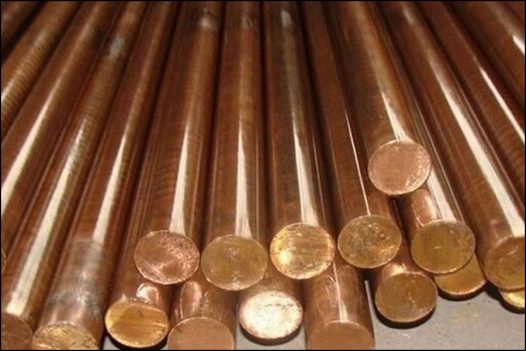
Pure copper is a rose-red metal, and it turns purple after a copper oxide film is formed on the surface, so industrial pure copper is often called red copper or electrolytic copper. The density is 8~9g/cm3 and the melting point is 1083℃. The electrical conductivity and thermal conductivity of pure copper are second only to silver, and it is widely used in the production of electrical and thermal conductivity equipment. Copper has good corrosion resistance in the atmosphere, seawater and some non-oxidizing acids (hydrochloric acid, dilute sulfuric acid), alkali, salt solution and various organic acids (acetic acid, citric acid), and is used in the chemical industry. In addition, red copper has good weldability, and can be processed into various semi-finished products and finished products by cold and thermoplastic processing.
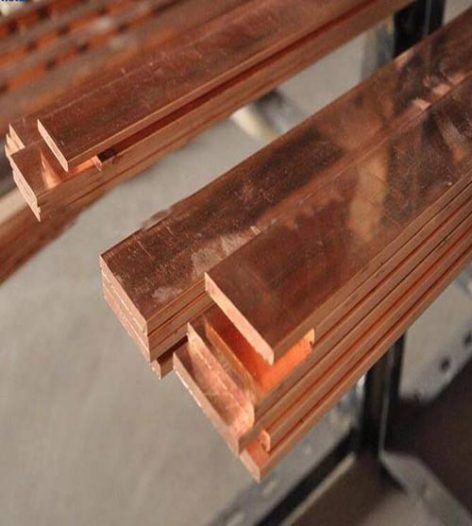
Brass is an alloy of copper and zinc. The simplest brass is a binary alloy of copper and zinc, called simple brass or ordinary brass. Brass with different mechanical properties can be obtained by changing the zinc content in brass. The higher the zinc content in brass, the higher the strength and the lower the plasticity. The zinc content of brass used in the industry does not exceed 45%. No matter how high the zinc content is, it will cause brittleness and deteriorate the alloy properties.
Brass can be divided into ordinary brass and special brass:
Ordinary Brass:
When the zinc content is less than 39%, zinc can dissolve in copper to form single-phase a, called single-phase brass, with good plasticity and suitable for hot and cold press processing. When the zinc content is more than 39%, there is a single phase and b solid solution based on copper and zinc, called dual-phase brass, b makes the plasticity small and the tensile strength increases, which is only suitable for hot pressure processing. In general, single-phase brass is used for cold deformation processing, and dual-phase brass is used for hot deformation processing.
Code: It is represented by "H + number", H represents brass, and the number represents the mass fraction of copper. For example, H68 means brass with a copper content of 68% and a zinc content of 32%; for cast brass, the word "Z" is before the code, such as ZH62.
special brass:
A multi-component alloy composed of other alloying elements added to ordinary brass is called special brass. Commonly added elements are lead, tin, aluminum, etc., which can be called lead brass, tin brass, and aluminum brass accordingly. The purpose of adding alloying elements is mainly to improve the tensile strength and improve the manufacturability.
Code: It is expressed as "H + symbol of main added element (except zinc) + mass fraction of copper + mass fraction of main added element + mass fraction of other elements". For example, HPb59-1 indicates that the mass fraction of copper is 59%, the mass fraction of the main element lead is 1%, and the balance is lead brass with zinc.
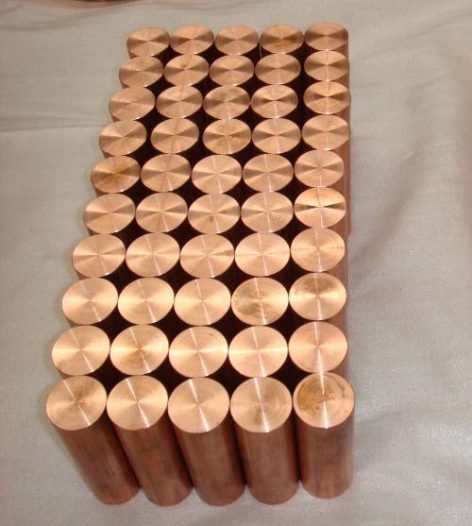
The copper-based alloy with nickel as the main additive element is silver-white and is called cupronickel. The copper-nickel binary alloy is called ordinary cupronickel, and the copper-nickel alloy with manganese, iron, zinc and aluminum elements is called complex cupronickel. Pure copper and nickel can significantly improve the strength, corrosion resistance, electrical resistance and thermoelectricity. According to different performance characteristics and uses, industrial cupronickel is divided into structural cupronickel and electrical cupronickel, which respectively meet various corrosion resistance and special electrical and thermal properties.
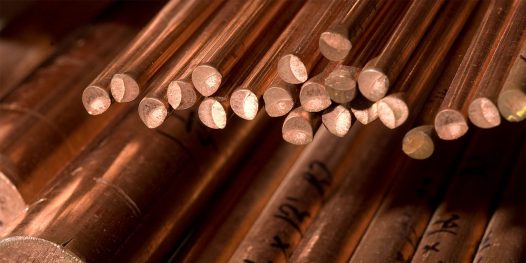
Bronze is the earliest alloy used in history. It originally refers to copper-tin alloy. It is called bronze because of its blue-gray color. In order to improve the technological properties and mechanical properties of the alloy, other alloying elements, such as lead, zinc, phosphorus, etc., are also added to most bronzes. Since tin is a scarce element, many tin-free bronzes are still used in industry, such as aluminum bronze (QAL7QAL5) lead bronze (ZQPB30), etc. They are not only affordable, but also have the required special properties.

Copper is a simple substance of copper. It is a tough, soft, and ductile purple-red and lustrous metal. Because of its rose-red color and an oxide film formed on the surface, it turns purple, so it is generally called red copper. It contains a certain amount of oxygen. Copper, so it is also called oxygen-containing copper. Red copper is industrial pure copper with a melting point of 1083°C, no allotrope transformation, and a relative density of 8.9, five times that of magnesium. The mass of the same volume is about 15% heavier than ordinary steel. Copper has good weldability and can be processed into various semi-finished and finished products by cold and thermoplastic processing.
Copper processing materials can be divided into: ordinary copper (T1, T2, T3, T4), oxygen-free copper (TU1, TU2 and high-purity, vacuum oxygen-free copper), deoxidized copper (TUP, TUMn), adding a small amount of alloying elements There are four types of special copper (arsenic copper, tellurium copper, silver copper).
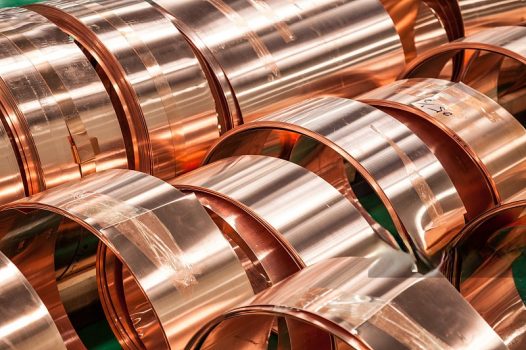
Preliminary identification of white copper, brass, red copper, and bronze can be distinguished by color. To further
determine the grade and element content of copper alloys, it is necessary to use tools for material analysis.
 What is the difference between 201 st...
What is the difference between 201 st... Why is 316 stainless steel better tha...
Why is 316 stainless steel better tha... 400 series stainless steel science
40...
400 series stainless steel science
40... How to distinguish the processing tec...
How to distinguish the processing tec... Non-standard design materials of bras...
Non-standard design materials of bras... What type of titanium alloy does Tc4 ...
What type of titanium alloy does Tc4 ...